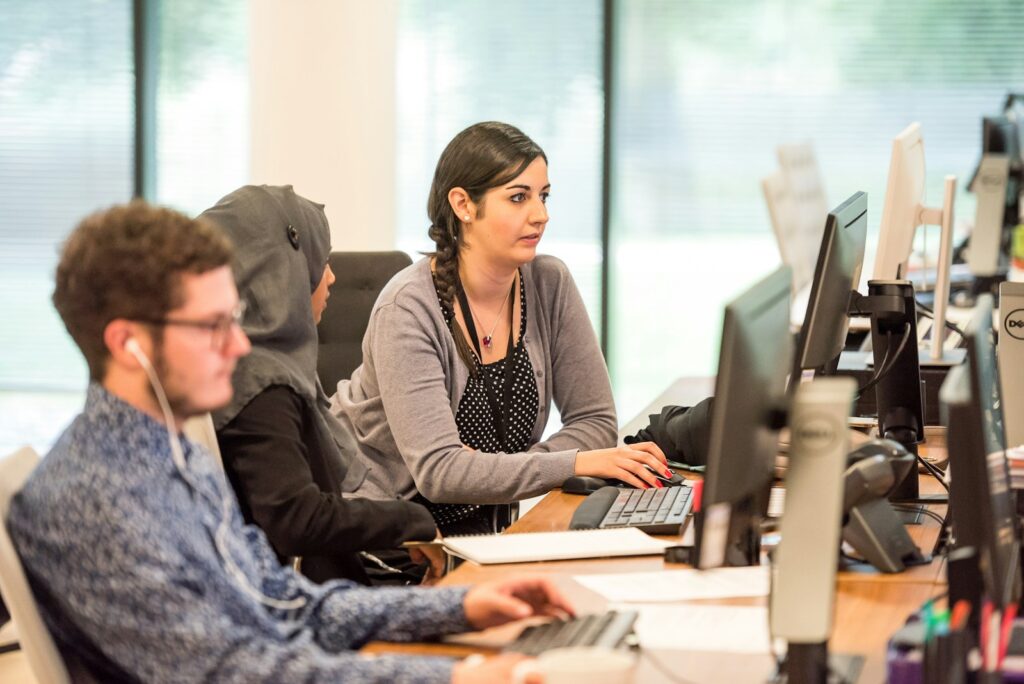Introduction
The university admissions process has always been a balancing act. On one side, there’s the traditional approach that relies on personal interactions, interviews, and manual reviews. Conversely, technology is pushing universities toward automated systems that streamline applications and make the process faster and more data-driven.

So, how do we find the right balance between automation and tradition? Let’s explore how these two methods can work together to create an admissions experience that’s both efficient and personalized.
The Case for Tradition: Personal Touch in Admissions
For many, applying to university is more than just a form—it’s a key life moment. The traditional approach values personal connections, ensuring each applicant is seen as more than just grades.
Why Tradition Matters:
- Personal Interaction: Face-to-face interviews let universities see an applicant’s character and potential.
- Holistic Review: Admissions teams can look beyond grades to assess extracurricular activities and personal experiences.
- Building Relationships: Applicants feel valued, which helps create a connection with the institution.
However, this approach can be slow, labour-intensive, and sometimes biased, especially as application numbers rise.
The Rise of Automation: Efficiency and Data-Driven Decisions
Automation brings technology into the process, handling tasks like data entry and application tracking, which speeds up processing and reduces human error.

Why Automation Works:
- Speed: Applications are processed faster, even in high volumes.
- Accuracy: Automated systems minimize mistakes in data handling.
- Predictive Analytics: Data insights help universities make smarter decisions.
- Better Communication: AI chatbots answer questions 24/7, giving applicants instant support.
However, automation alone can feel impersonal, which may put off potential students.
Finding the Balance: A Hybrid Approach
The best admissions processes blend automation with personal touchpoints. Here’s how:
- Automate the Routine, Humanize the Important: Use automation for tasks like sorting applications, but keep personal outreach for key interactions, like interviews.
- Combine Data with Human Insight: Use data analytics to guide decisions but ensure human reviews of each applicant’s unique qualities.
- AI for Quick Answers, Humans for Important Moments: Chatbots can handle basic questions, but an admissions officer should be there for critical communications.
- Personalize Using Tech: Automation can help tailor emails to an applicant’s interests, making them feel valued as individuals.
The Road Ahead: Embracing a Balanced Approach
As technology continues to evolve, universities must find ways to blend automation with personal connections. A balanced approach ensures that every applicant feels valued, while the admissions process remains efficient.
Conclusion
Automation and tradition don’t have to compete. By blending the two, universities can create an admissions experience that’s efficient, data-driven, and personal. This hybrid approach offers the best of both worlds, ensuring that technology enhances, rather than replaces, the human touch.
Interested in learning how your university can achieve this balance? Get in touch for a free consultation.



